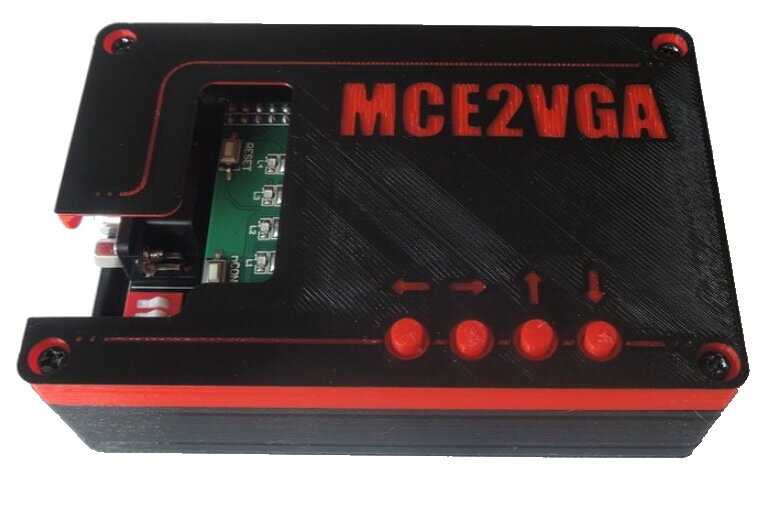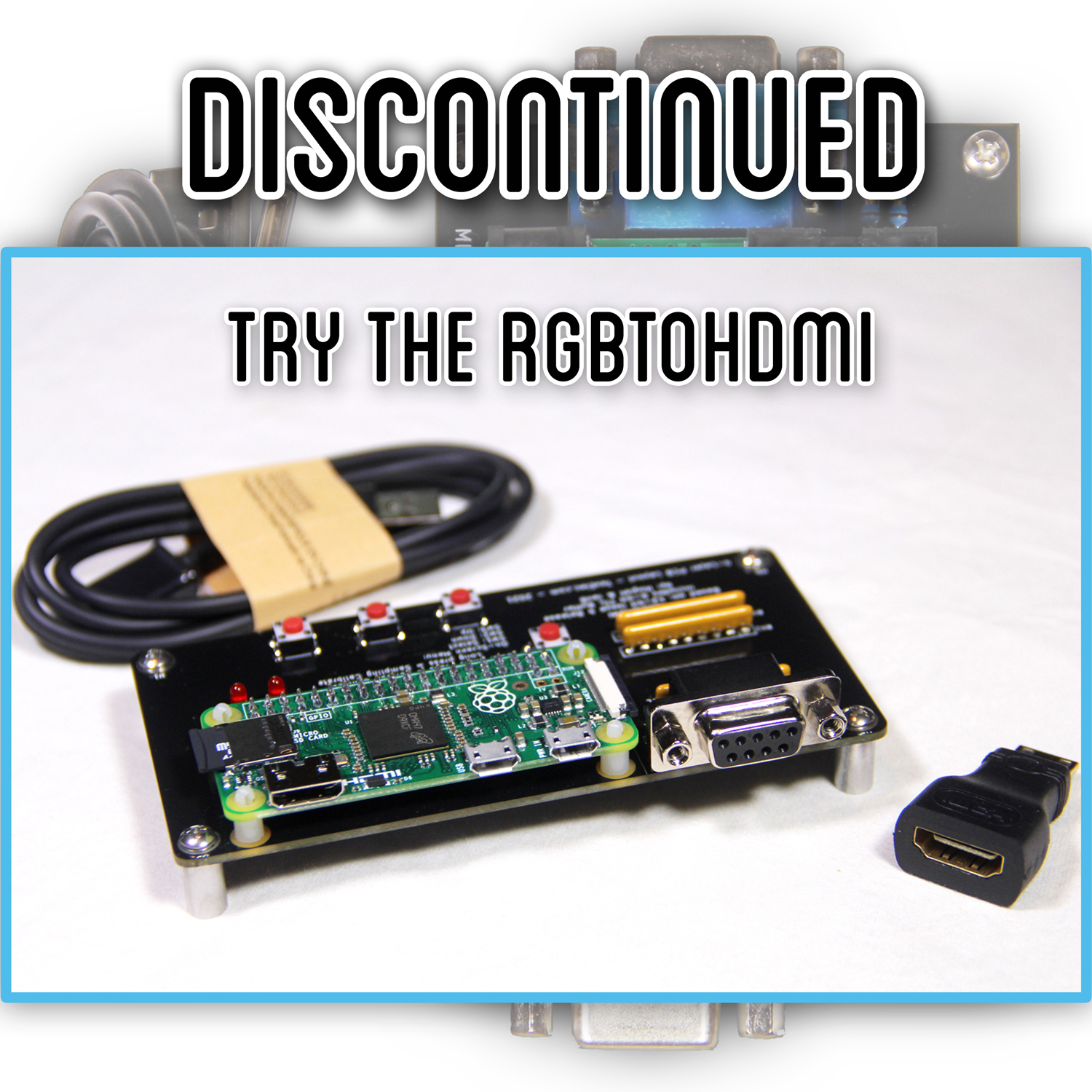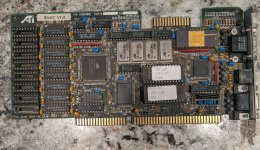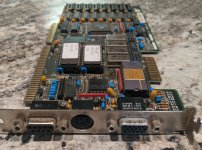galarneau
Member
- Joined
- Aug 6, 2010
- Messages
- 16
I just picked up an IBM 5150, never had one before. Had a Commodore VIC 20 and 64 growing up, then Apples. Right now it has a 5151 display with the MDA video card. I have a 5153 CGA display on the way and now just need to get a CGA video card. While I'm sure the original IBM CGA display works great, is there any compelling reason to get a third party video card (something like an ATI Small Wonder or perhaps a VGA card that would be backwards compatible?)
If I had the option to also get something that would be compatible with both the 5151, 5153, and a VGA monitor, that would be great.
Any recommendations are most appreciated!
If I had the option to also get something that would be compatible with both the 5151, 5153, and a VGA monitor, that would be great.
Any recommendations are most appreciated!




